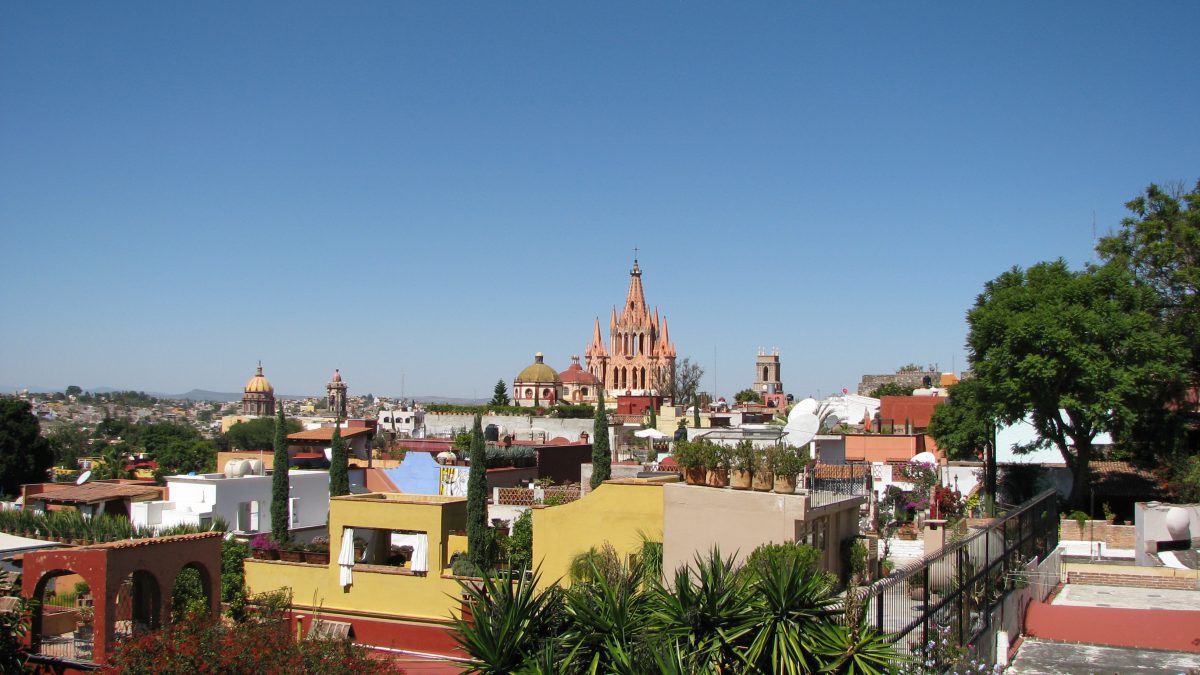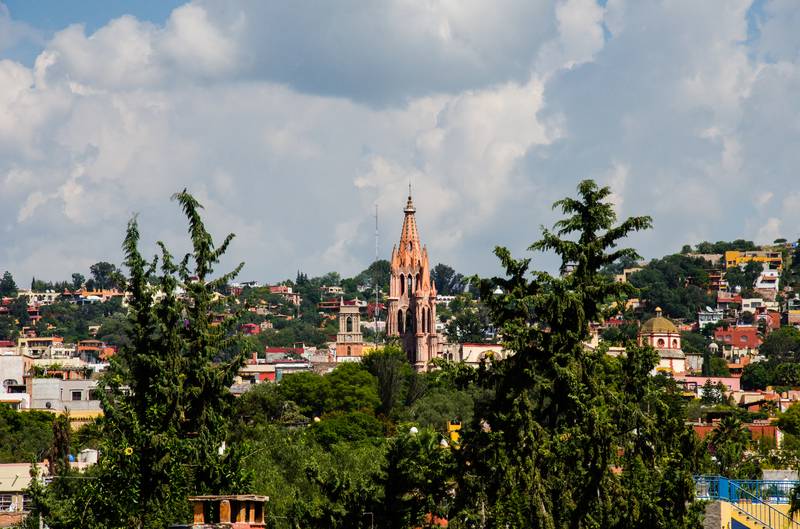May foreigners own real estate in San Miguel de Allende?
Yes, foreigners may legally and safely acquire direct title to real estate in most of Mexico, including in and around San Miguel de Allende, unlike coastal and border areas where foreigners are restricted to ownership through a Mexican company or fiduciary trust (fideicomiso) administered by a Mexican financial institution.
What is required for foreigners to acquire real estate ownership in San Miguel de Allende?
- Valid passport
- Proof that the foreigner is legally in Mexico: Tourist Visa/FMM or Temporary or Permanent Resident card
- Proof of residence address: valid driver’s license, or utility bill or bank statement less than 90 days old
- Copy of the title deed (escritura) of the property to be acquired
- A document, commonly referred to as a “permiso” (permit) application, submitted to the Mexican Secretary of Exterior Relations (Secretaria de Relaciones Exteriores – SRE) whereby the foreign buyer(s) specify the real estate being acquired, and agree that Mexico will have complete legal jurisdiction in all matters related to the property. The cost for the “permiso(s)” is approximately $400 USD for each foreigner acquiring ownership.
How is acquiring real estate in San Miguel different than in the USA?
Unlike in the USA where real estate transactions are typically formalized with the assistance of a title company, property ownership transfers in Mexico are overseen by a Notary Public (Notario Público).
A Notario in Mexico is different from a Notary in the USA where almost anyone can become a Notary Public, nor is a Mexican Notario similar to a Canadian Notary Public who must meet a few more stringent requirements than in the USA. A Notario in Mexico must be an attorney, must have years of practical experience in the profession, must pass a highly technical examination AND then must be appointed as a Notario by the Governor of the state in which they are working.
The Notario is responsible for:
- Assessing and collecting any applicable federal, state and/or local capital gain and acquisition taxes from the individuals involved in the transaction
- Preparing, witnessing signatures, and registering the public deed
- Acquiring certification that the property is free of liens and municipal debt
- Verifying the property’s land/construction measurements with an official tax appraisal survey
How much are the closing costs for buyers in San Miguel de Allende?
Buyers’ closing costs in San Miguel amount to around 5.2% of the declared purchase price, including an acquisition tax of up to approx. 4%, the Notario’s legal fee, certification of freedom from liens, tax appraisal survey, and the new title deed registration.
How much are annual property taxes in San Miguel de Allende?
Annual property taxes in SMA are relatively inexpensive. For example, the 2023 property tax was less than $250 USD for a client of ours who bought a home here in 2022 for $450,000 USD.
Do I really need a real estate agent in SMA?
Without thorough knowledge of the local language, laws, cultural idiosyncrasies and the potential pitfalls most foreigners would not anticipate, prospective buyers as well as sellers would be well advised to view a qualified agent here like an insurance policy – better to have and not need, than to need and not have. Unlike an insurance policy, an experienced and ethical agent can help you avoid losses before they occur.
The lack of strictly enforced agent accreditation and standardized real estate contracts here obviously creates conditions conducive to buyers and sellers finding themselves in at least uncomfortable if not extremely costly circumstances.
Less obvious are the inherent risks permitted by the lack of strictly enforced regulations requiring agents here to disclose exactly whose interests they primarily represent, and facts known to the agent that might negatively influence a buyer’s decision.
Opportunities that test the depth of an agent’s commitment to honesty and ethics occur often, especially in locations like San Miguel de Allende where foreign buyers’ schedules frequently encourage expedient decisions relying more on confidence than on independent due diligence.
For more details or in depth answers to these and any other questions or concerns you might have, please feel free to contact us to schedule a complimentary and confidential consultation with our broker in our office or via a phone call or online Zoom meeting.


